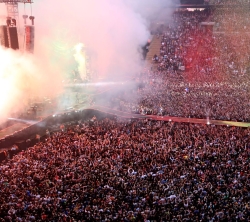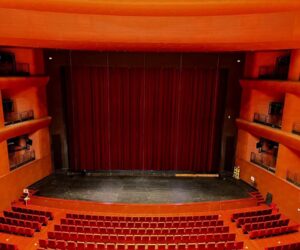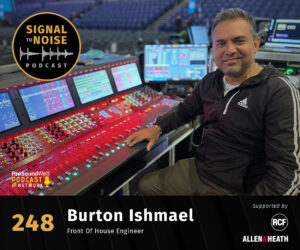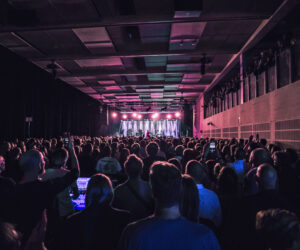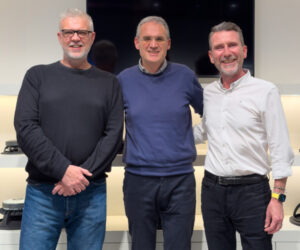The latest outing for Coldplay has just arrived in the US; a mix of arena and stadium shows supported by sound systems based on J-Series arrays and subwoofers from d&b audiotechnik.
“Through Europe Wigwam supplied the system, but we took two audio techs from New York based Firehouse, who provides the system over here,” explained system designer Tony Smith.
“Having Alex Fedrizzi and Brett Taylor from Firehouse out in Europe has proved very positive in the transition phase to the US tour; we came here, lost four Wigwam guys, gained four from Firehouse, and the tour just keeps on rolling. We didn’t have to waste any time or energy getting everyone on board with understanding what we are trying to achieve.”
Both companies provide systems based on d&b’s J-Series utilizing ArrayProcessing, a combination of system, design and software. “We opened at the MetLife Stadium,” explained Smith, “and the venue management told us afterwards that our concert was the first in their history to receive no complaints about sound whatsoever.”
Dan Green, who has been the band’s front of house engineer since they first appeared on the public horizon, has a well established reputation for a great live mix. But system design and implementation has a significant role to play in ensuring every seat gets to hear Green’s mix.
“The design is all J-Series components,” continued Smith. “Left and right J mains, flown J-SUBs, J side hangs, and 270 degree J rear hangs. We have a sub array of J-SUBs and J-INFRAs across the front of the stage; then four towers of J for delays down field. It has worked well for us in Europe; in the larger stadiums there we generally had an overhanging roof so we flew a further ring delay of d&b V-Series from the canopies above the nosebleeds. That option is not available in the US; the stadia we play are all without roof canopies.
“At most stadia here in the US the throw distance may be a bit shorter but the height can be the same or higher on the sides in some venues. At MetLife in New Jersey where we started, the resultant effect was having to drive the ArrayProcessing software more than we have ever needed to in Europe, and squeezing as much out of the system as possible. We could not get the same result as we would have liked with a ring system, but I was more than happy with what the system was doing and the benefit ArrayProcessing was bringing to the system.”
“MetLife was a classic example of how those differences in stadium design between the US and Europe manifest themselves. There was a section where we simply couldn’t get the overlap between side and rear hangs (270 degrees), due to reaching the maximum frame angle. When it came time to walk the venue, listening to the lower bowl I thought ‘hmm, maybe I could swing that hang around a little for the lower bleacher side sections’ (this was the lack of overlap section). But we didn’t. We considered not just the overlap, but how that relatively small adjustment would affect the upper bowl, and the whole room. ArrayProcessing was really working hard in those areas to re-apportion sound energy where it was needed most, so it was a balancing act and listening to the whole picture before jumping to change things immediately.”
“When my system tech Jack Murphy came back to measure after we had refined the timing and applied the absolute minimum system EQ, we found the difference between sound levels front of stage, and in this particularly awkward area, was about -5dB, with the rest of the upper bowl nosebleed seats at about -3dB. It was the right call to leave it alone. Being able to achieve that is a credit to d&b and the ArrayProcessing software.”


